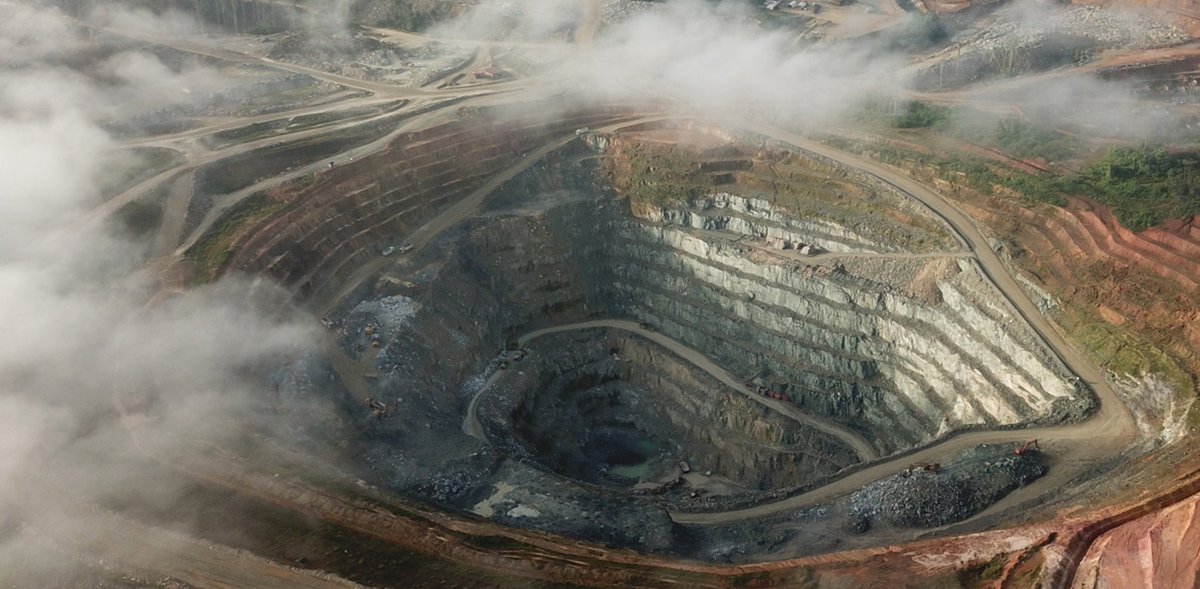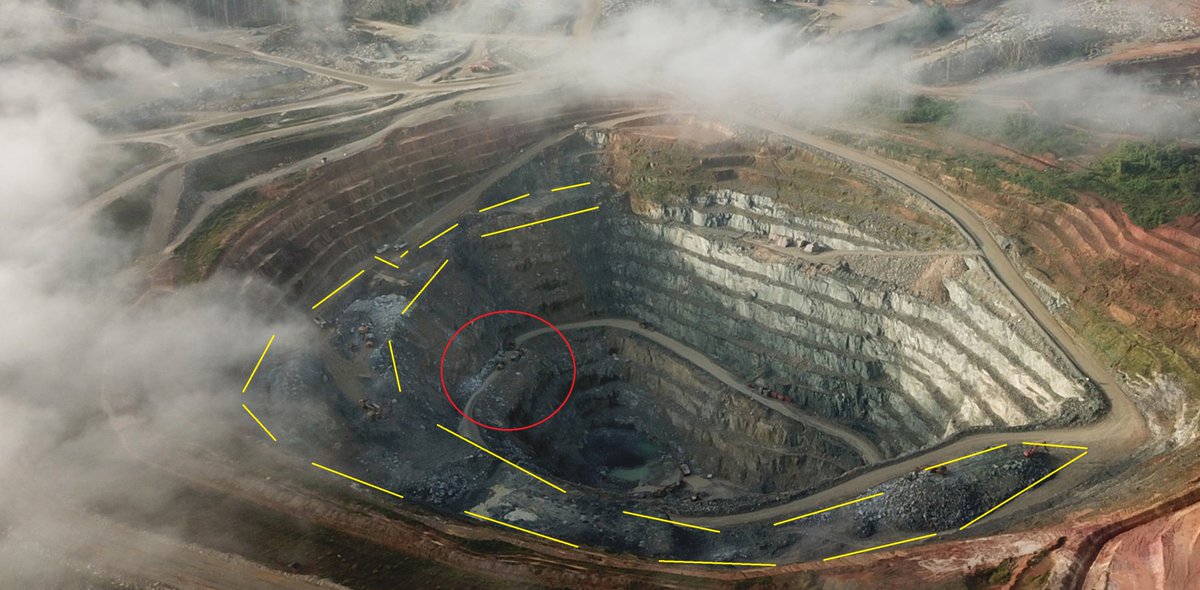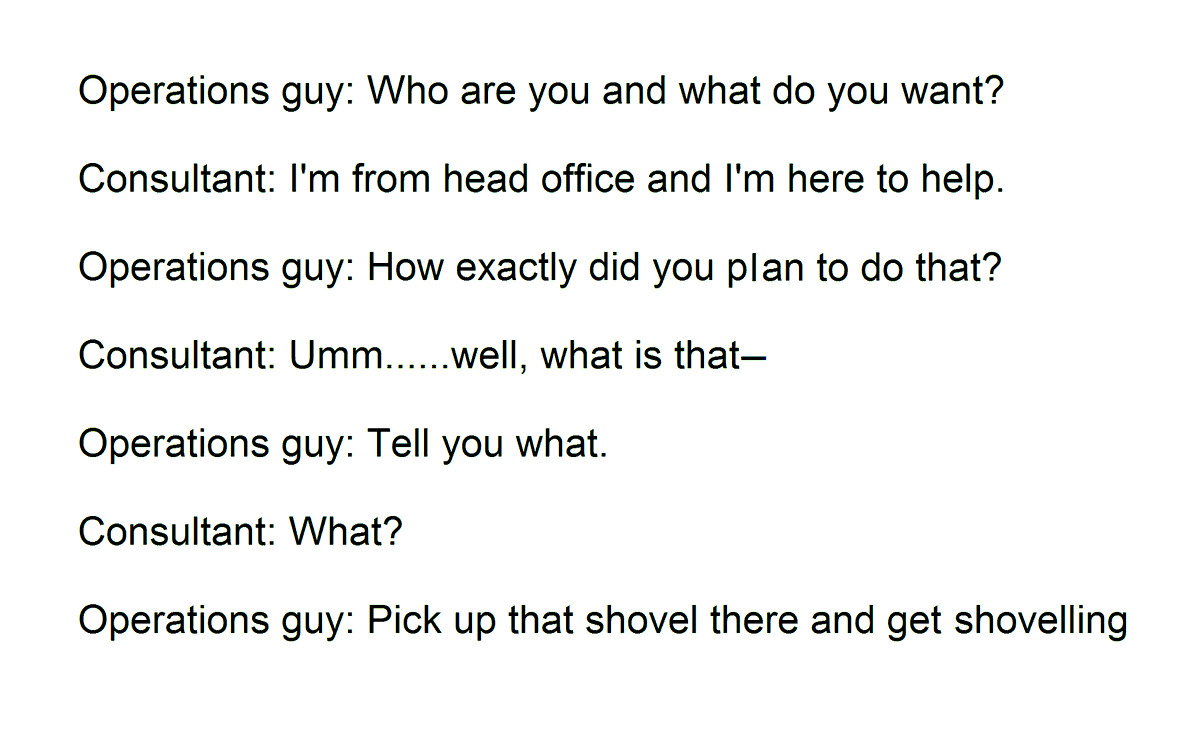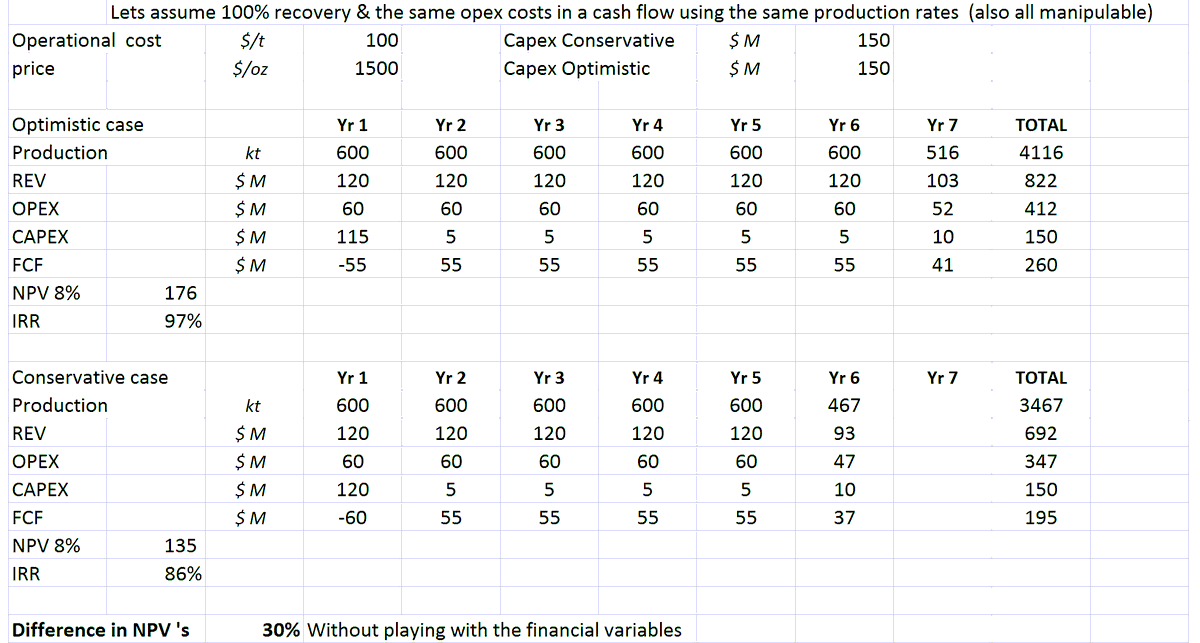
1/8 Dimension Stone (DS): Now if there ever was a cut-throat business, it would be this one. Worse than the diamond industry in terms of competitiveness, it seems the Taiwanese & the Italians have pretty much cornered the market. This particular granite mine is in Zimbabwe🇿🇼 

2/8 Dimension stone is a really messy mining business with quite a serious environmental footprint. Hard to rehab the holes and tonnes of oversize rubble. Blame the banks & other rich Co's that want beautiful skyscrapers & floors, for example the Scotiabank building in Toronto. 

3/8 Only 10-25% of what is mined goes out as sellable product. This is because its only possible to sell big, clean blocks with no faults or joints; natural weaknesses which cause a block to split when it is cut by a diamond saw. Breaks easily. Blocks are huge & generally 

4/8 difficult to move. Earthmoving equipment does not last long at all➡️High maintenance cost per tonne. The blocks are mined by a combination of diamond wire cutting &drilling lots of parallel holes, then splitting it off. Just imagine breaking out the four 4 sides of each block 

5/8 perfectly every time: Hard to impossible without first mining a slot behind / beneath the block you are targeting. In this pic they are drilling the bottom holes. Holes have to be slowly, surveyed exactly parallel to create a clean split. Diamond wire cutting is done by 

6/8 threading a continuous steel rope impregnated with diamonds around the block, and then tensioning it and running it through a machine. its a similar mechanism to a ski lift, but the abrasion of the rope cuts a smooth slot in the rock instead of returning over a pulley. 

7/8 It is not hard to imagine that with all the mining losses & labour-intensive & time consuming setup and recovery results in the highest cost per tonne in the industry. The price of the blocks is determined by size, colour, weight and quality & market demand which is 

8/8 variable & susceptible to global economic conditions. Red and black granites are only found in a few parts of the world like 🇨🇦🇿🇦and 🇿🇼 while 🇪🇸& 🇮🇹are famous for their white marbles. Certainly its a specialist, often marginal field, one I have no plans to venture into.😑
@threadreaderapp unroll
• • •
Missing some Tweet in this thread? You can try to
force a refresh
















